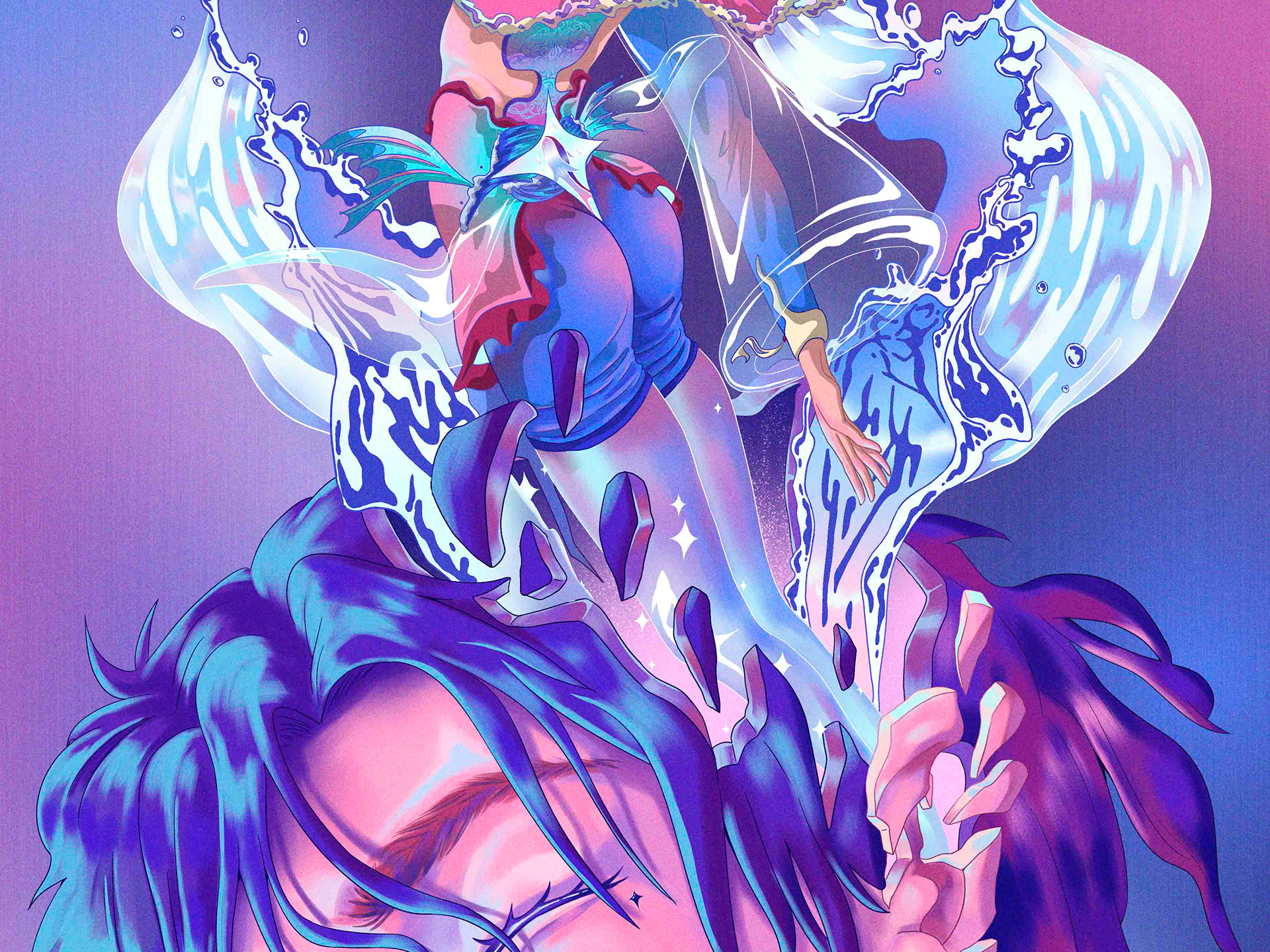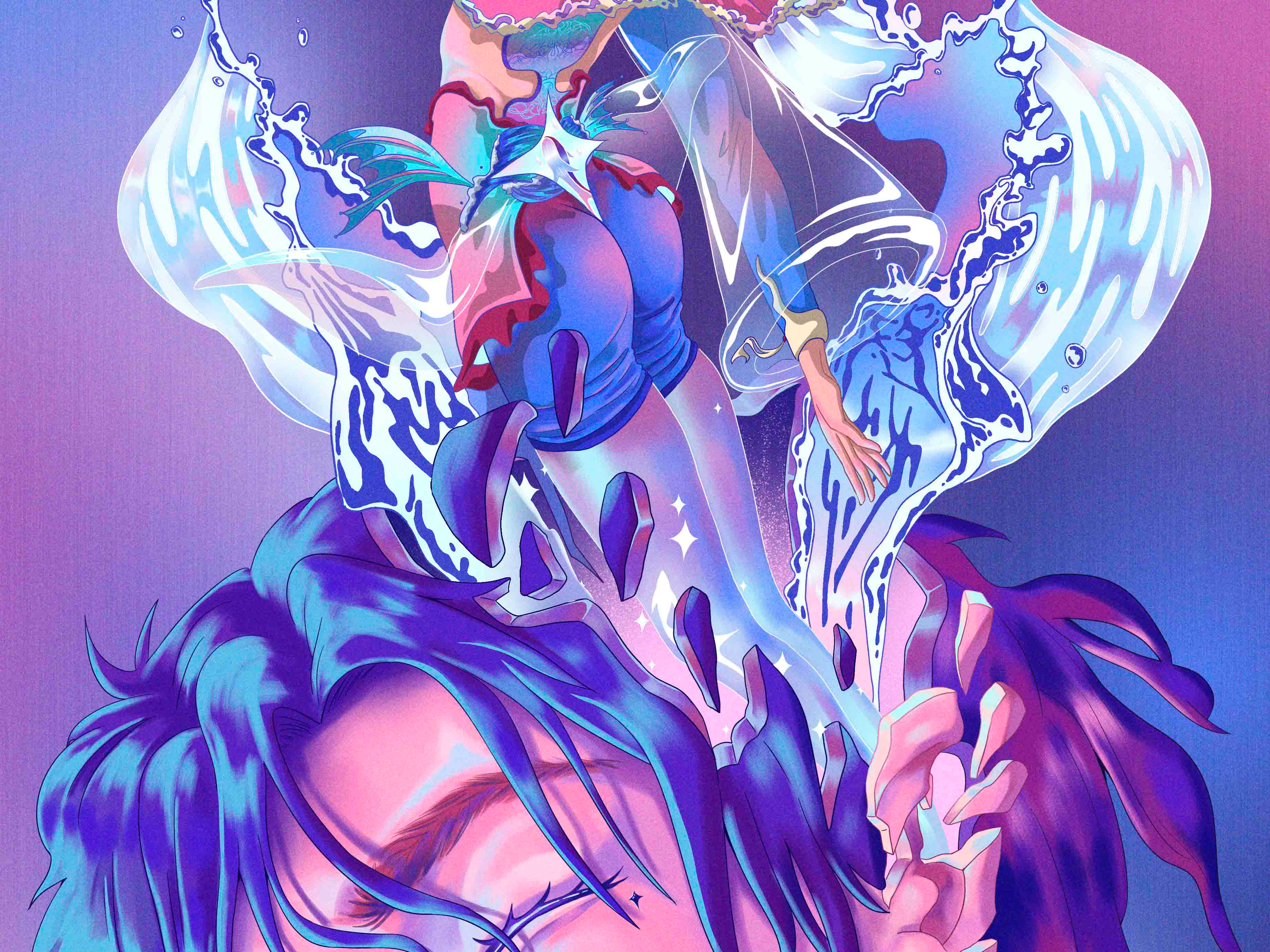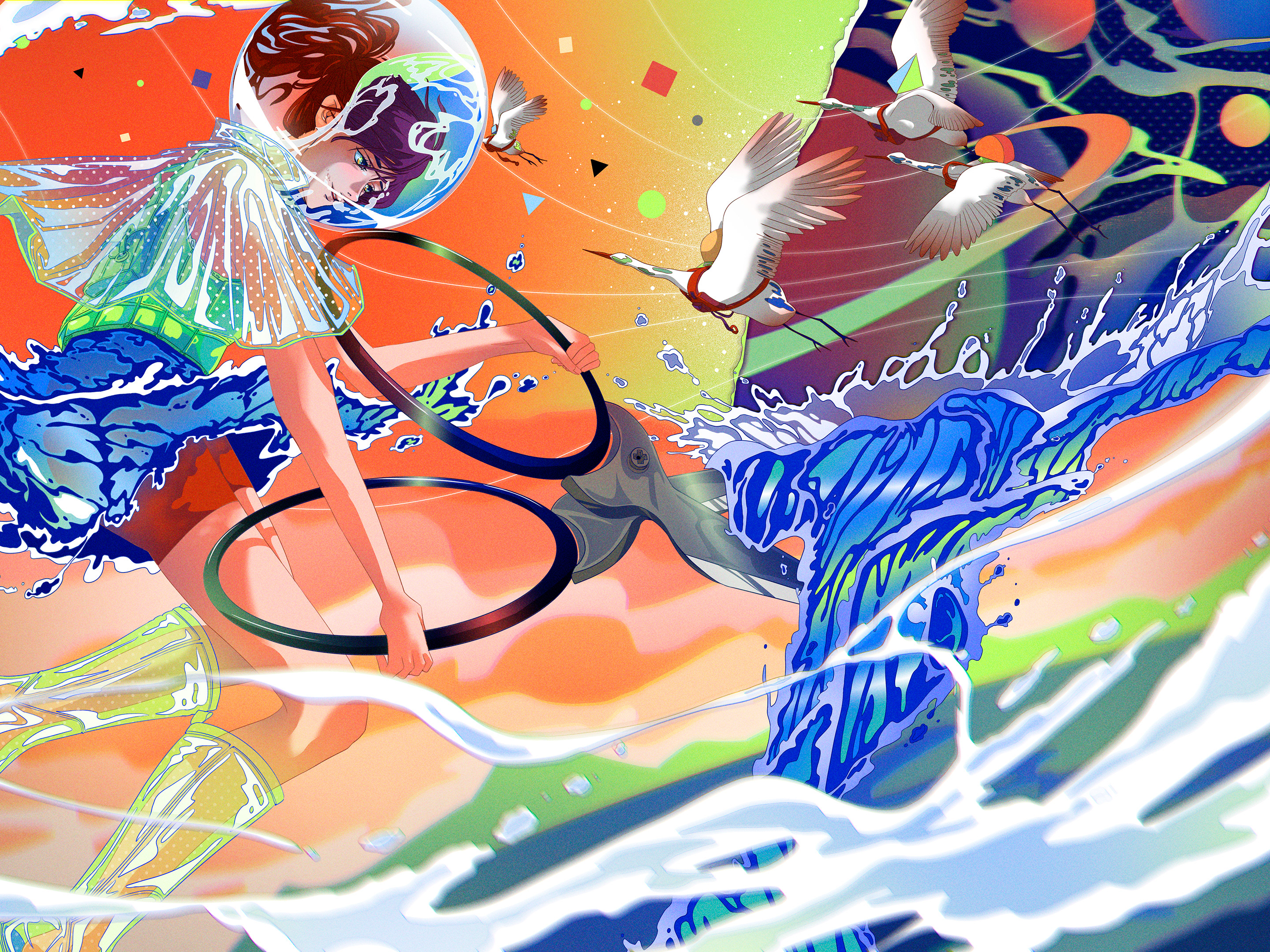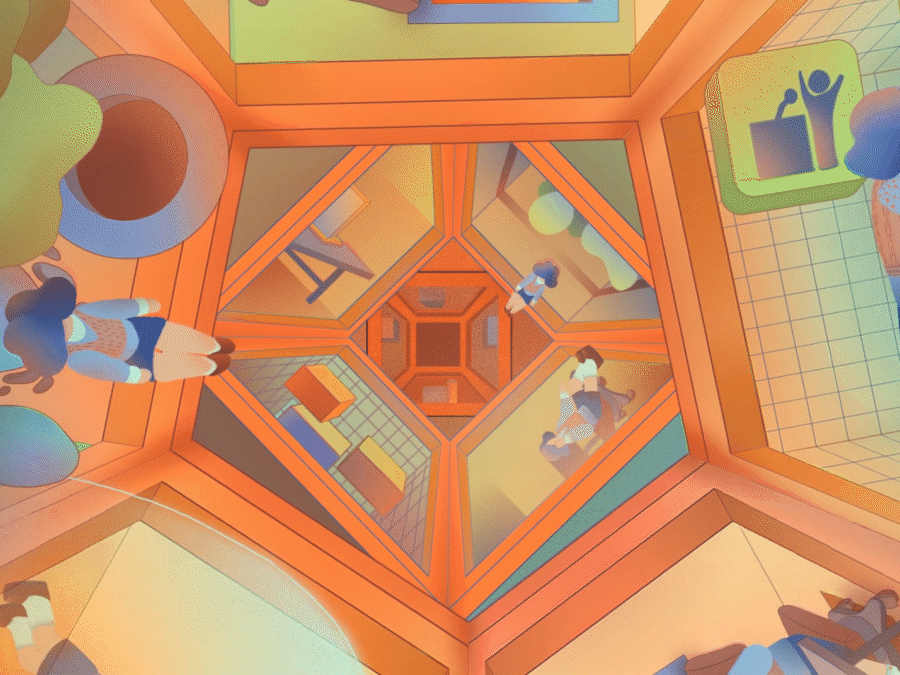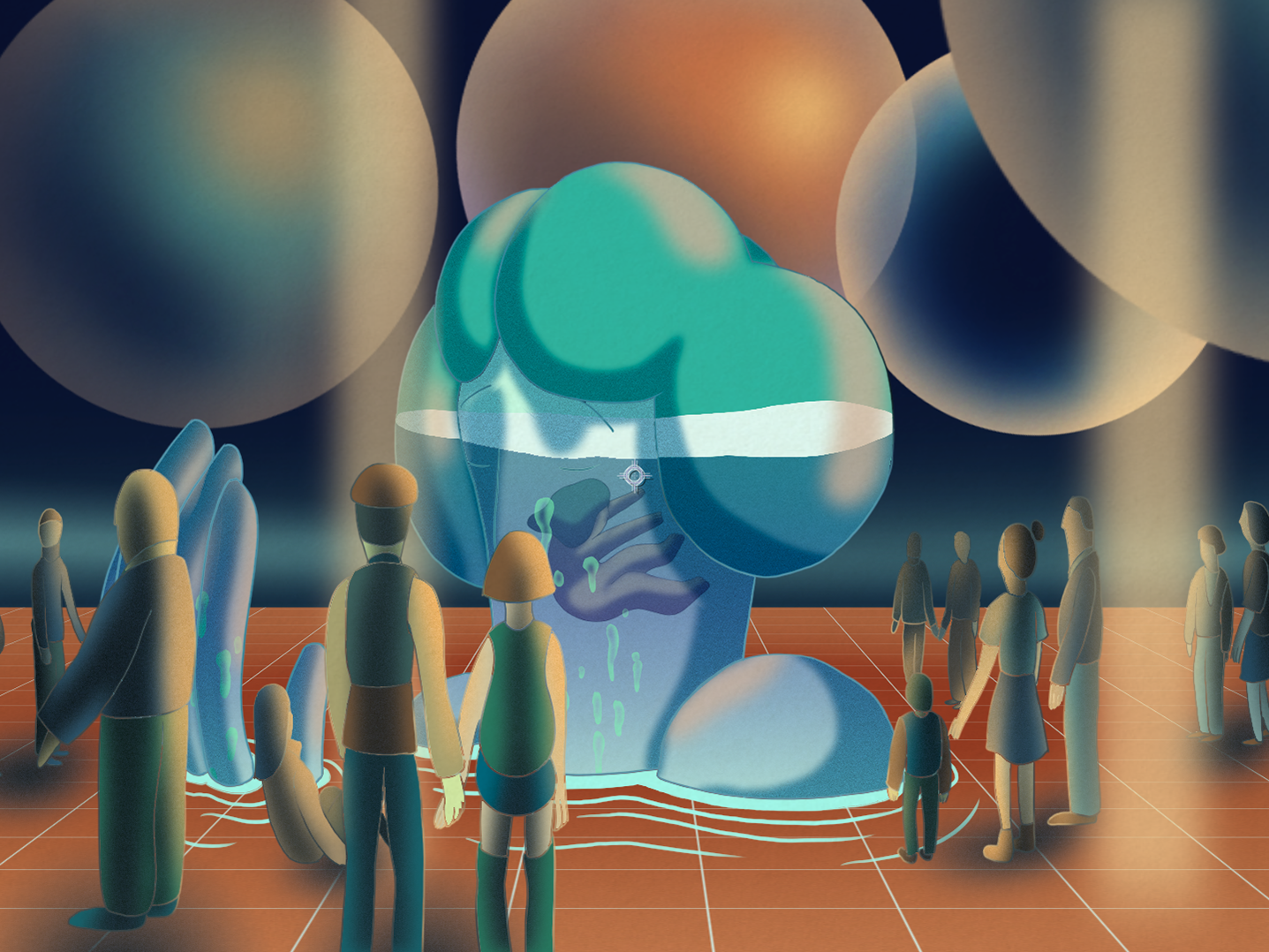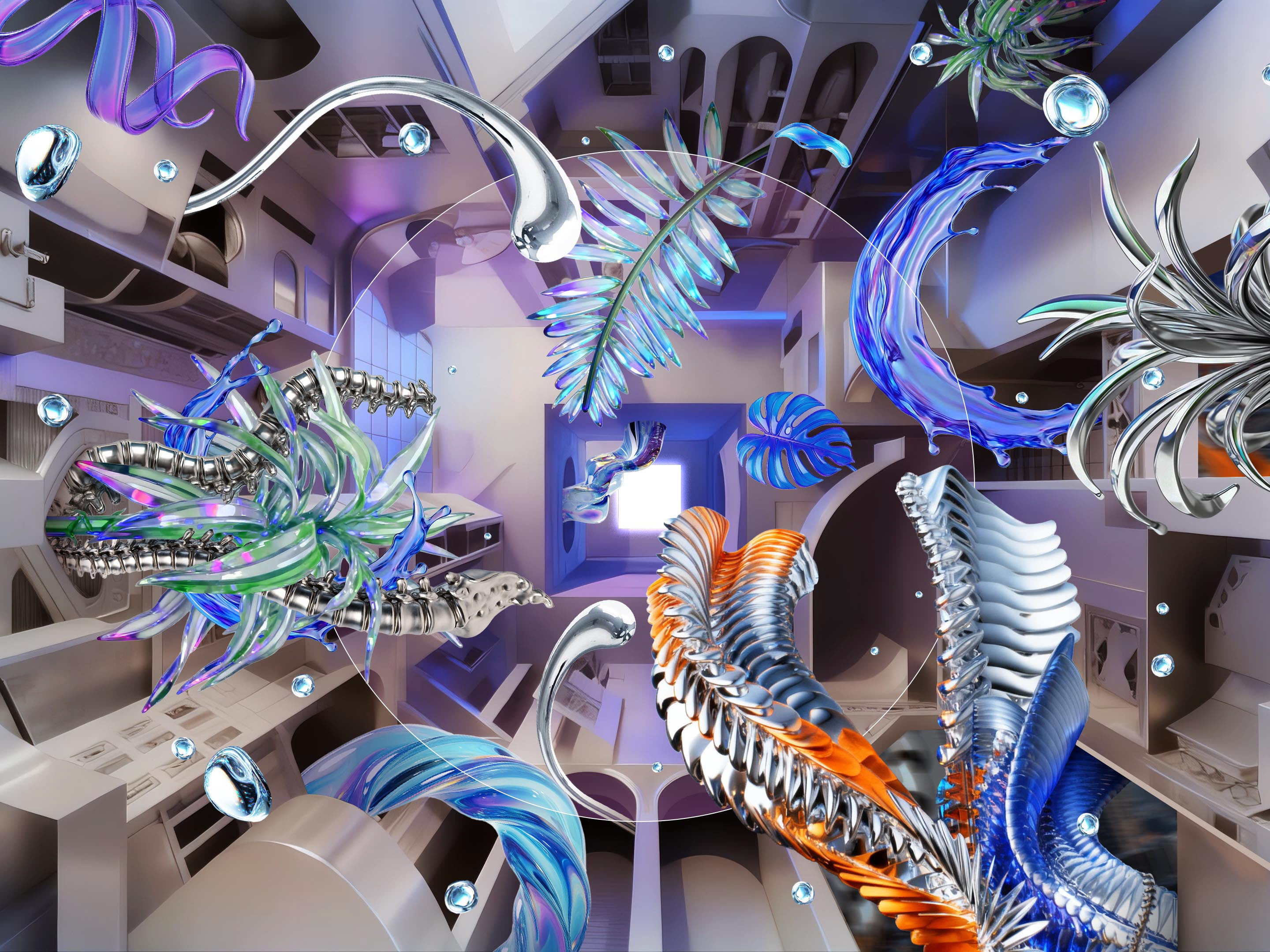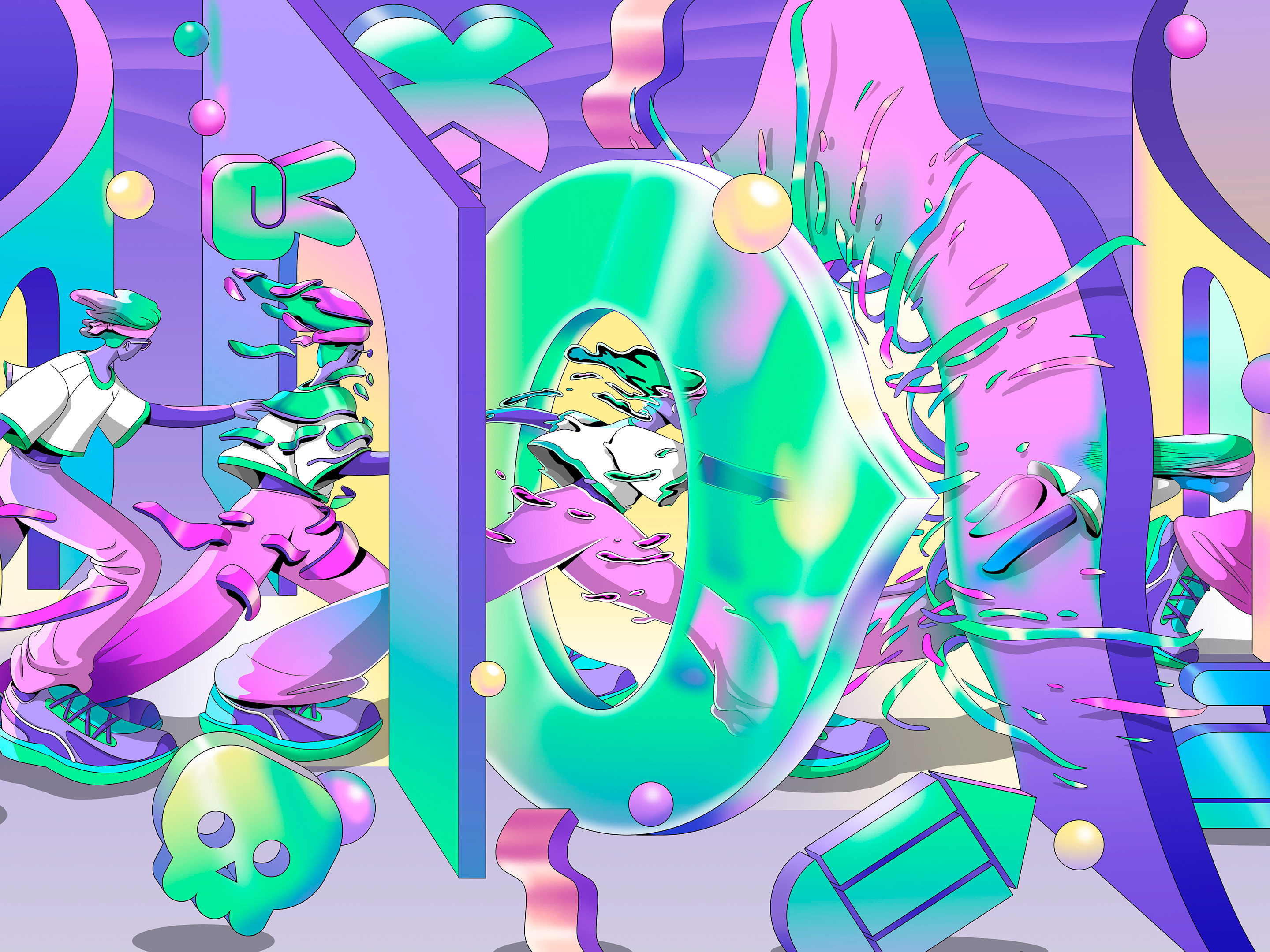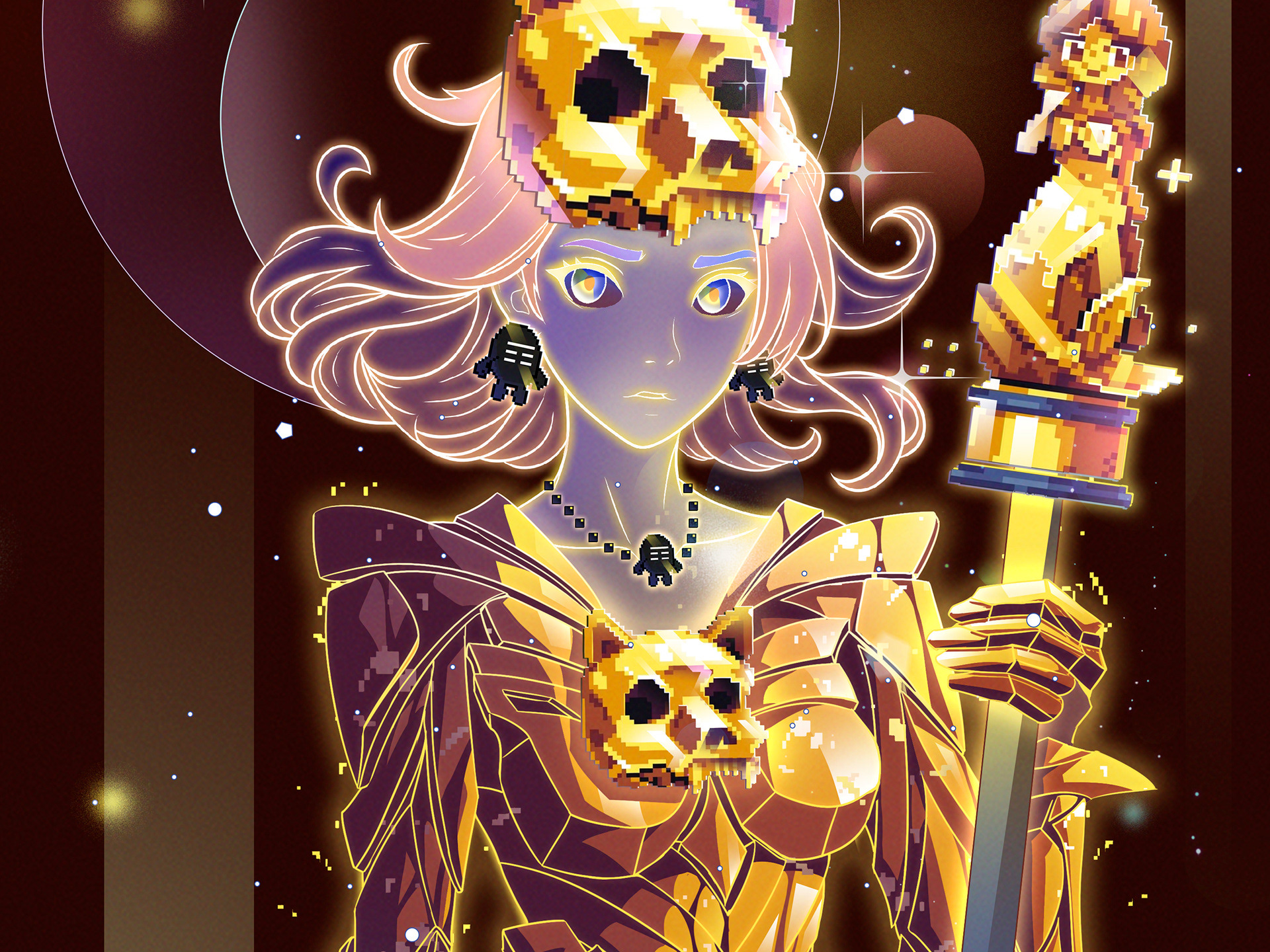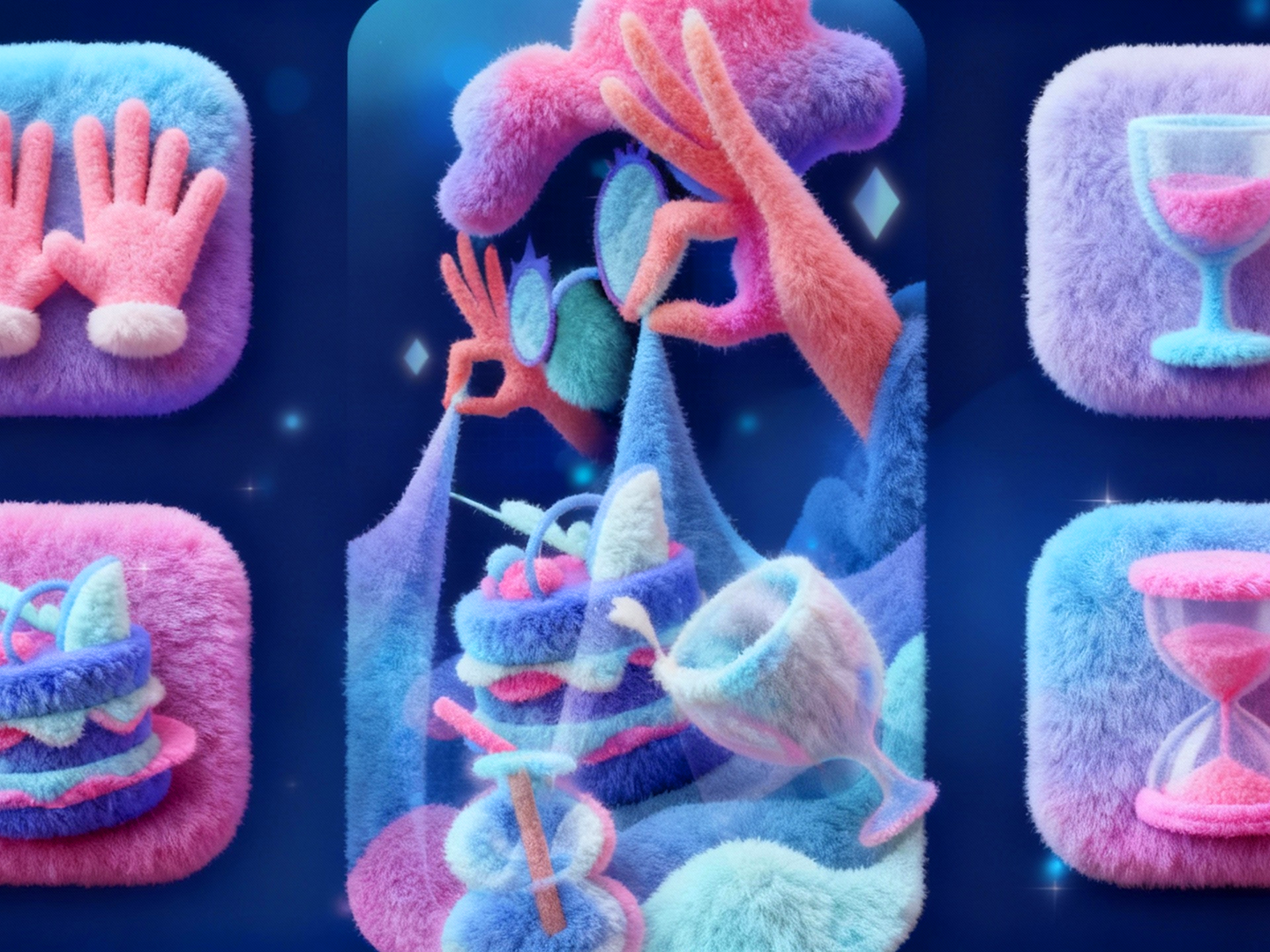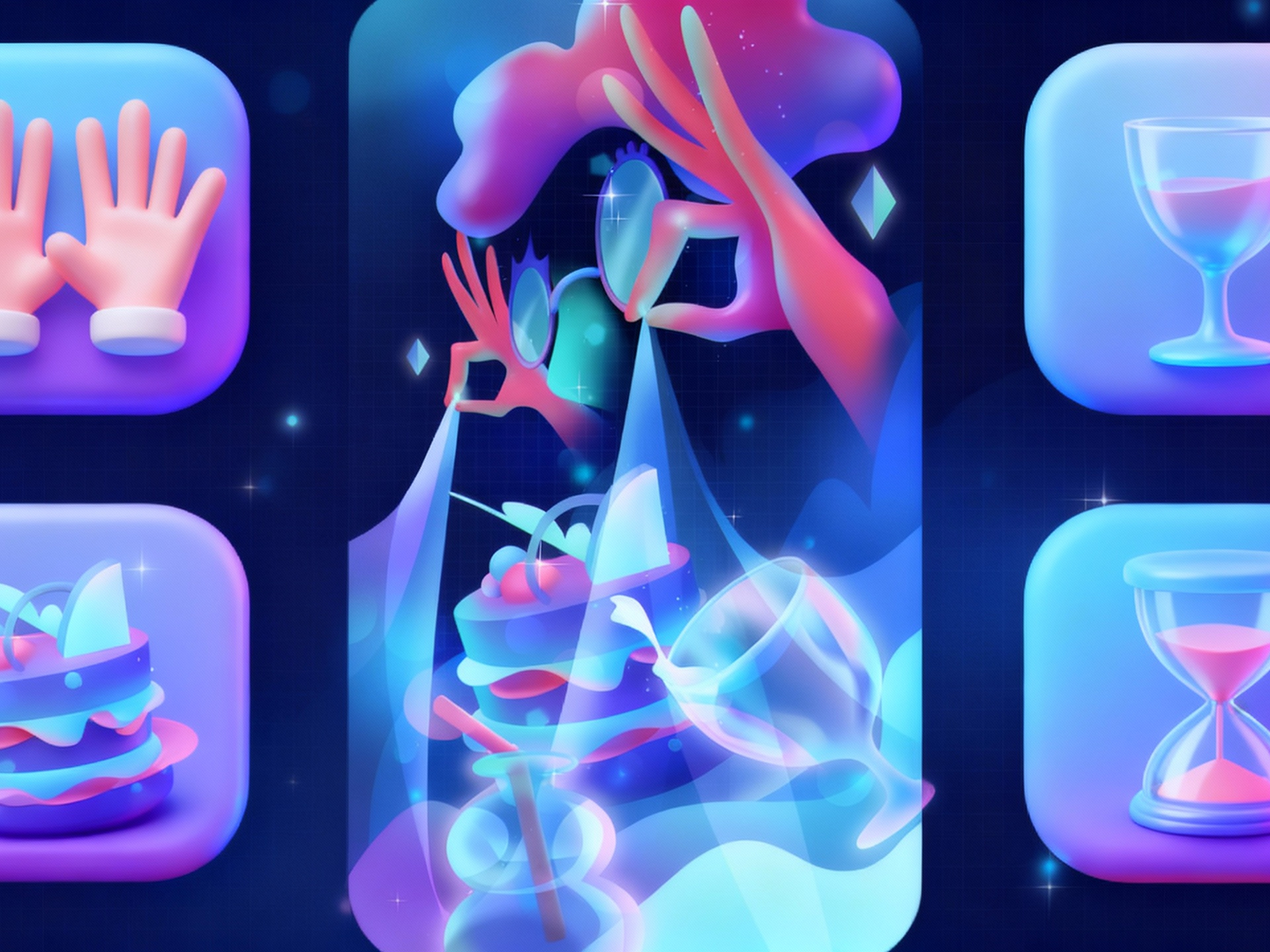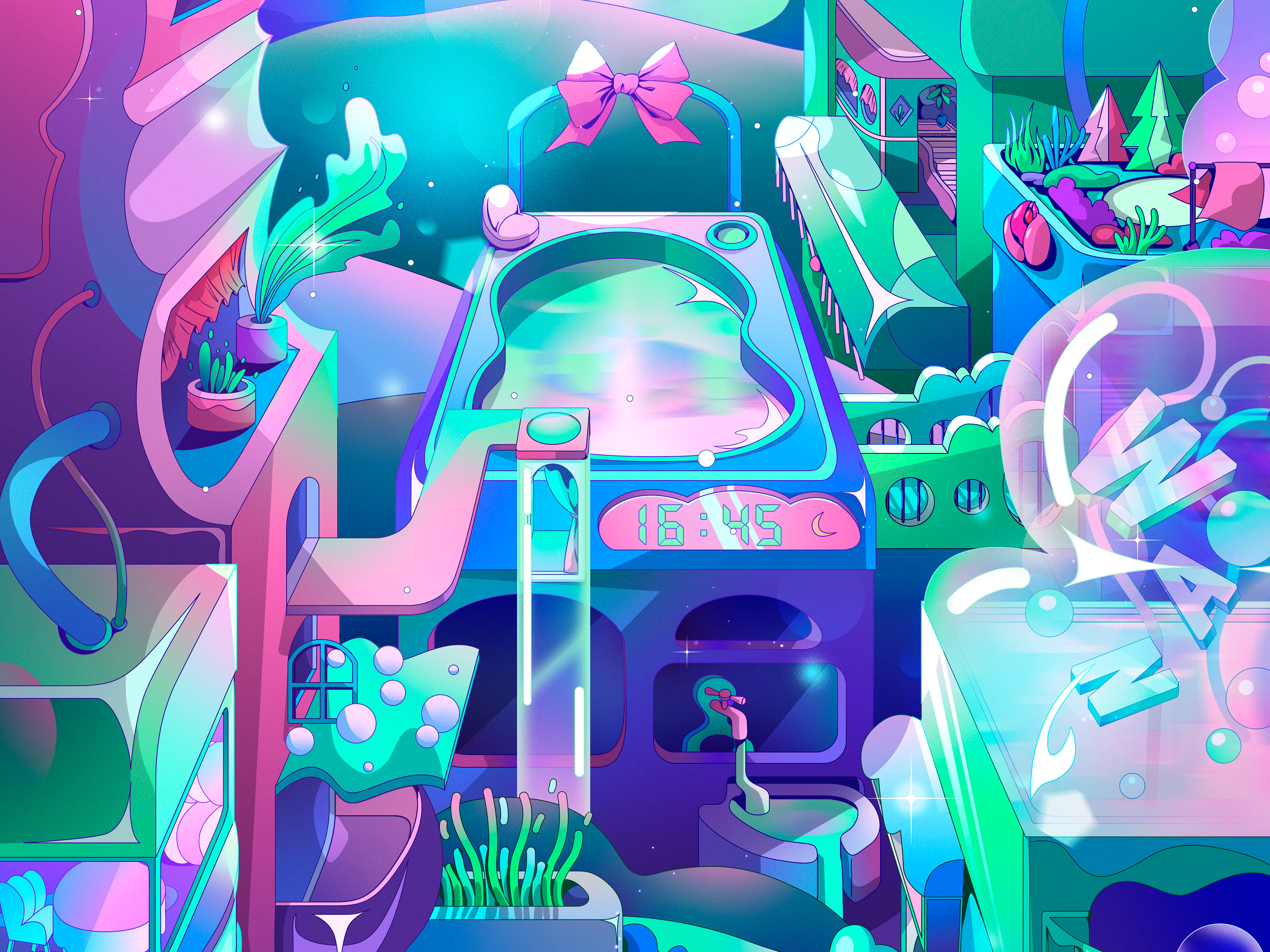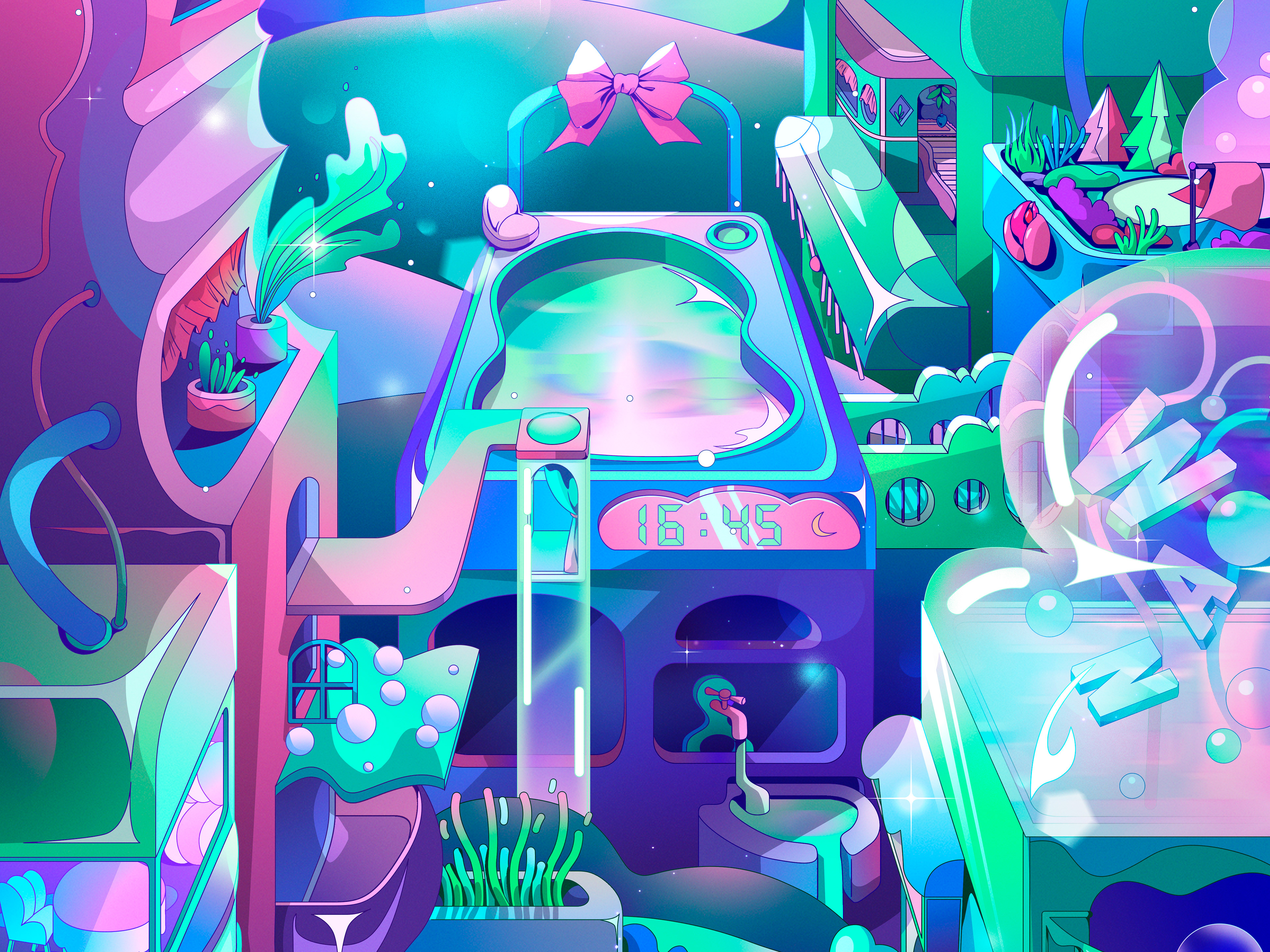What is the essence of art?
Art has countless interpretations, but from the perspective of human civilization, its essence is the artist—the first human who thought beyond survival, who paused to admire scenery instead of hunting prey, who felt an urge to express rather than consume.
Art has countless interpretations, but from the perspective of human civilization, its essence is the artist—the first human who thought beyond survival, who paused to admire scenery instead of hunting prey, who felt an urge to express rather than consume.
In an era where AI dominates visual creation, art is being detached from its humanity. The world now measures creativity by output speed and algorithmic efficiency, not by emotional depth or process. Yet, beneath the beauty and precision of AI-generated images lies a quiet graveyard—the countless artists whose works became the training data, the “corpses” fueling the machine’s illusion of creativity.
AI does not create; it reads. It reads every artist who has ever lived, dissects their souls, and stitches fragments of their visions into seamless simulations—like an embalmer adorning a body for display, efficient and elegant, but lifeless.
“Möbius” visualizes this paradox.
The infinite loop symbolizes the self-consuming cycle of AI creation: a world where art endlessly regenerates from what already exists, never evolving, only repeating. The human figures entangled within the loop represent artists devoured by the system—bodies that feed the algorithm, yet remain unseen.
The infinite loop symbolizes the self-consuming cycle of AI creation: a world where art endlessly regenerates from what already exists, never evolving, only repeating. The human figures entangled within the loop represent artists devoured by the system—bodies that feed the algorithm, yet remain unseen.
The piece is both an elegy and a rebellion: an analog act of defiance rendered digitally, warning that a future without human imagination is not infinite progress, but an infinite recursion—a beautifully rendered hell.
